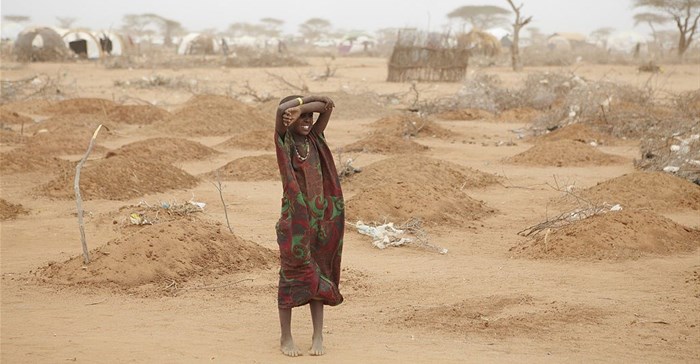Poor nutrition stalks SADC

According to the SADC regional vulnerability assessment analysis, about 30 percent of the region's population is malnourished. Malnutrition is a critical risk factor in most countries due to poor nutrition and food security. Stunted growth and low birth weight, developmental delays, weight-loss and illness as a result of inadequate intake of protein, calories and other nutrients have been recorded among countries in the region.
Malnutrition has a powerful impact on child mortality because diarrhoea, malaria and acute respiratory infections which are leading causes of death in SADC countries can only be treated and prevented with good nutrition. Because so much development occurs in the first few years of life, nutrient deficiencies can have major short and long term implications on the growth of an individual.
Due to poor economic status, most people depend on rain-fed agriculture yet they only experience a single rainy season to produce food which is expected to take them through a whole year. Though the majority of people in the region depend on agriculture for their livelihoods, most of them are poor and are not able to produce for both food security and for sale.
The SADC region whose agriculture is characterised by mono-cropping is not able to produce food which provides a balanced meal to address the nutritional needs of the people.
Read the full article on AllAfrica.